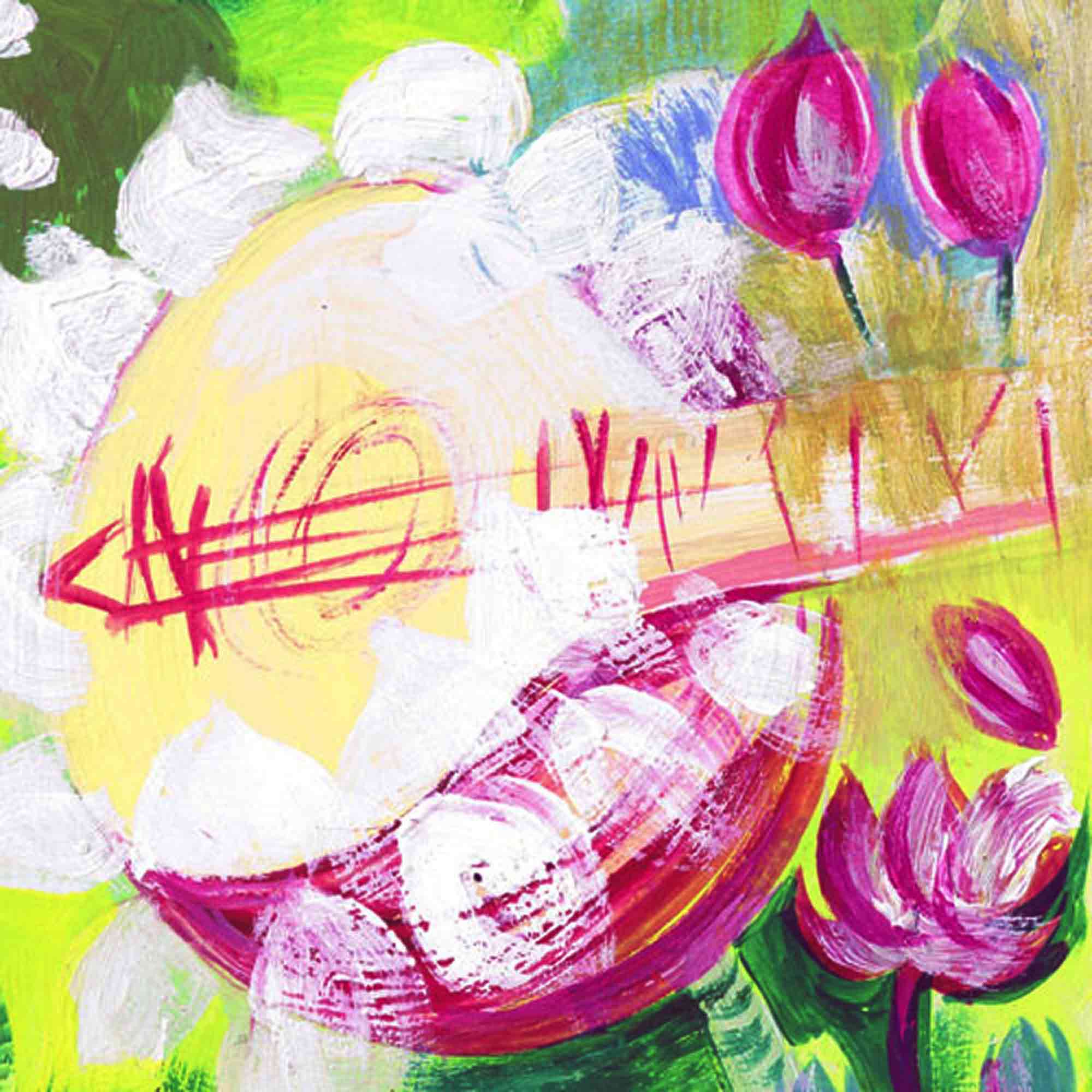The tambura – also known as tanpura – has long served as India’s most important accompaniment. It accompanies vocal and instrumental performers as well as dance musicians. It has embellished the salons of nobles, merchants and courtisans long before its arrival on the modern concert stage.
Its present form with four strings has been known since the 17th century. It combines the properties of two types of instruments, namely the ancient zither (veena or been) and the present long-necked lute (Sarasvati veena, sitar). Its function and manner of playing distinguishes the tambura from similar instruments used in neighbouring countries. This is because Indian musicians have used a fundamental note since about the 13th century.
Hundreds of melody types – known as raga (lit.’colours’) – have since been created, rediscovered and analysed. They all arise from a fundamental note, known as ‘sadja’, which is articulated as ‘Sa’ during a lesson or vocal performance.
The fundamental note is continuously sounded as the tambura’s ‘supporting’ or ‘base’ note (the bourdon or drone of western music). It is freely chosen in accordance with the vocal or instrumental range of the main performer.
With these basic elements composers, musicians and dancers are able to evoke any conceivable mood or aesthetic experience (rasa). This requires no more than a few additional notes, usually arranged in a particular sequence by which they are readily recognised by discerning listeners. The notes heard in any given raga are drawn from among the proverbial ‘seven notes’ (saptasvara). A competent musician also knows which notes need to be modified by means of embellishments (gamaka) and subtle shades achieved by intonation (sruti).
Text: Ludwig Pesch | Nederlands | Deutsch | Art: Arun VC

